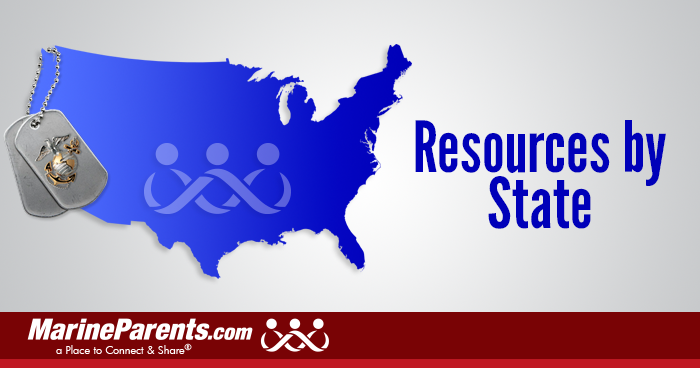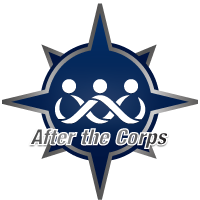
Joint Service Transcripts
As of 2013, the Sailor-Marine American Council on Education Registry Transcript (SMART) has been replaced by the Joint Service Transcript (JST). The JST can be used by Army, Navy, Marine Corps, and Coast Guard personnel to assists academic institutions in awarding credit for military occupational experience and training.

Joint Service Transcripts
As of 2013, the Sailor-Marine American Council on Education Registry Transcript (SMART) has been replaced by the Joint Service Transcript (JST). The JST can be used by Army, Navy, Marine Corps, and Coast Guard personnel to assists academic institutions in awarding credit for military occupational experience and training.
What is the Joint Service Transcript?
The Joint Service Transcript recommendeds college credit for military personnel based on their occupational experience and training. Recommendations are made by the American Council on Education (ACE) in its "Guide to the Evaluation of Learning Experiences in the Armed Services," which is intended to be used by colleges and universities around the country.
By receiving college credit for occupational experience, military personnel may reduce the amount of time money spent completing a degree program. The JST is available for all active duty and reserve Sailors and Marines, as well as Sailors who separated or retired on or after January 1, 1975 and Marines who separated or retired on or after January 1, 1990.
How to Receive a JST
To receive a Joint Service Transcript, qualified military personnel are able to register on the JST website and create a transcript online. An official copy will then be sent directly to the chosen college or university. Academic institutions will not accept transcripts directly from the service member. JSTs are free, and there is no limit to the number that can be requested.
Who Accepts the JST?
Institutions of higher education establish their own policies on accepting transfer credits. The amount of credit awarded will depend on each school's policy and the degree program the service member is enrolled in. Servicemembers Opportunity Colleges Navy (SOCNAV) and Servicemembers Opportunity Colleges Marine Corps (SOCMAR) have agreed to accept military experiences for credit toward a degree.
What is on the Joint Service Transcript?
- The JST contains American Council on Education (ACE) credit recommendations for:
- Military occupation specialties held, ratings, certain Navy Enlisted Classifications (NECs), and Limited Duty Officer/Chief Warrant Officer (LDO/CWO) specialties.
- Military training courses that have been completed.
- College-level examinations taken at a military testing sites (CLEP, DSSTs, Excelsior Examinations, DLPT).
- Additional educational experiences, including military courses taken for which there are no matching ACE credit recommendations, as well as an explanation of why this or these experiences are relevant.
- A summarized overview of all the ACE-recommended credits in a format that closely resembles many college transcripts.
- Tuition-assistance (TA)/Navy College Program for Afloat College Education (NCPACE) funded courses.
- Academic degrees and certificates earned from institutions accredited by a regional or national accrediting agency that is recognized by the Department of Education.
- Non-academic certifications and licenses.
- Degrees from foreign institutions of higher education, if that institution is accredited by a regional or national accrediting agency recognized by the U.S. Department of Education.













